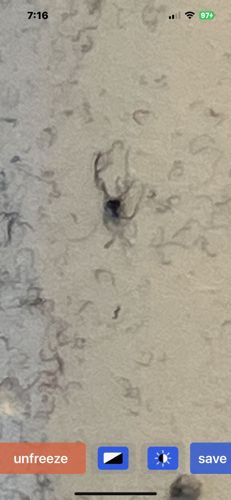Mosquito
Scientific Name: Various genera, including 'Anopheles', 'Aedes', and 'Culex'
Order & Family: Order: Diptera, Family: Culicidae
Size: 3 mm to 10 mm (approximately 0.12 to 0.4 inches)

Natural Habitat
Mosquitoes are found globally, except in Antarctica. Larvae and pupae are aquatic, living in various water bodies, from temporary puddles and containers (tires, buckets) to marshes, swamps, and ditches. Adults are terrestrial, found in damp, sheltered areas near their breeding sites, such as wooded areas, tall grass, and around homes.
Diet & Feeding
Adult female mosquitoes feed on the blood of vertebrates (mammals, birds, reptiles, amphibians) for egg development. Both male and female mosquitoes feed on nectar and plant sap as their primary energy source.
Behavior Patterns
Larvae develop in stagnant or slow-moving water, often in temporary pools or containers. Adults are active at dusk and dawn, forming swarms, and females bite to obtain blood meals necessary for egg production. Male mosquitoes feed on nectar. The life cycle typically involves egg, larva, pupa, and adult stages, with development time dependent on temperature.
Risks & Benefits
Mosquitoes are notorious vectors of numerous diseases, posing significant risks to human health. They transmit diseases like Malaria, Dengue Fever, Zika Virus, West Nile Virus, Chikungunya, and Yellow Fever, causing millions of illnesses and deaths annually. Their bites can also cause intensely itchy welts and allergic reactions. Environmentally, mosquito larvae can be a food source for fish and other aquatic insects, and adult mosquitoes can act as pollinators, though their primary ecological role is often overshadowed by disease transmission.
Identified on: 8/27/2025